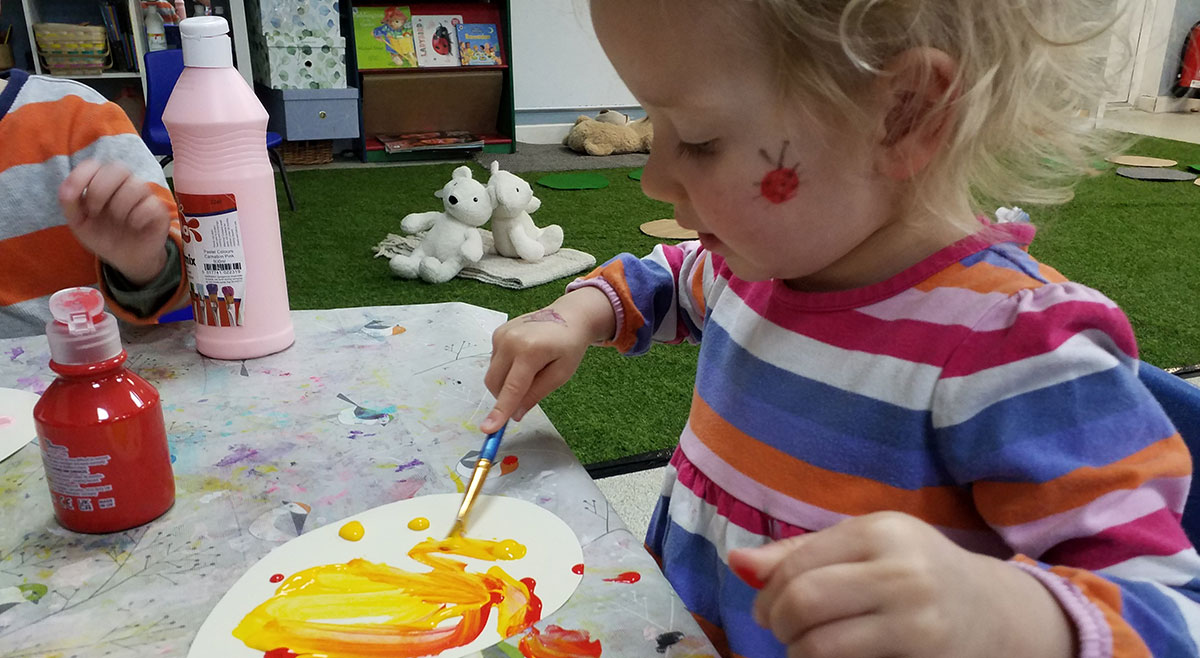By Perry Cruttenden
Expressive Arts and Design is one of the secondary areas of learning and an important way for children to express themselves and develop new skills and interests.
Making marks is one of the earliest things that children will do, long before counting and spelling, but art is more than just putting pencil or paint to paper. The topic covers a wide range of activities, from sculpting and molding to acting and singing, and will also link to other areas of development as well. For example, creating a sculpture with clay will help develop a child’s gross motor skills, and refining details will do the same for their fine motor skills and improve their dexterity. Making marks using pens and pencils will help to improve their dexterity.
The way they hold items in their hand and their skills in making more refined marks, which, in turn, will help with their writing skills when the time comes for them to do so. Role-playing and singing can be amazing ways for children to develop confidence. For example, a child who may be shy in front of adults or in social occasions may have no problem singing ‘Mary Had a Little Lamb’ alongside a group of teachers and peers, or playing with families with their friends.
But what about younger children? Adults may be hesitant to put out some artistic activities due to the mess that could be made, but with that mess comes learning! For example, during painting activities, a child may want to cover their hands in paint rather than trying to use a brush. This is showing that they are inquisitive about different materials, and they can find out first-hand how things feel, how their hands move through the material, and how to manipulate it.
Role-playing is also a great way for children to learn and to help them engage and bond with their peers. Many children copy what they have seen during their home life, and that can be seen when they pretend to change a doll’s nappy and look after their friends who are pretending to be babies. They can also surprise you and show you things that you never knew that they knew! Acting out scenarios can also be used to learn lessons, for example, a child may be too young to understand being told to share with their friends. Being shown this in a visual way, however, can help them to grasp the concept a little better.
It has never been easier to find inspiration for new activities, with the Internet being a fantastic and invaluable source for ideas and for finding resources for any activity you could think of. What new skills, interests, or hobbies will your child develop when taking part in artistic activities? Let them explore and find that spark!



